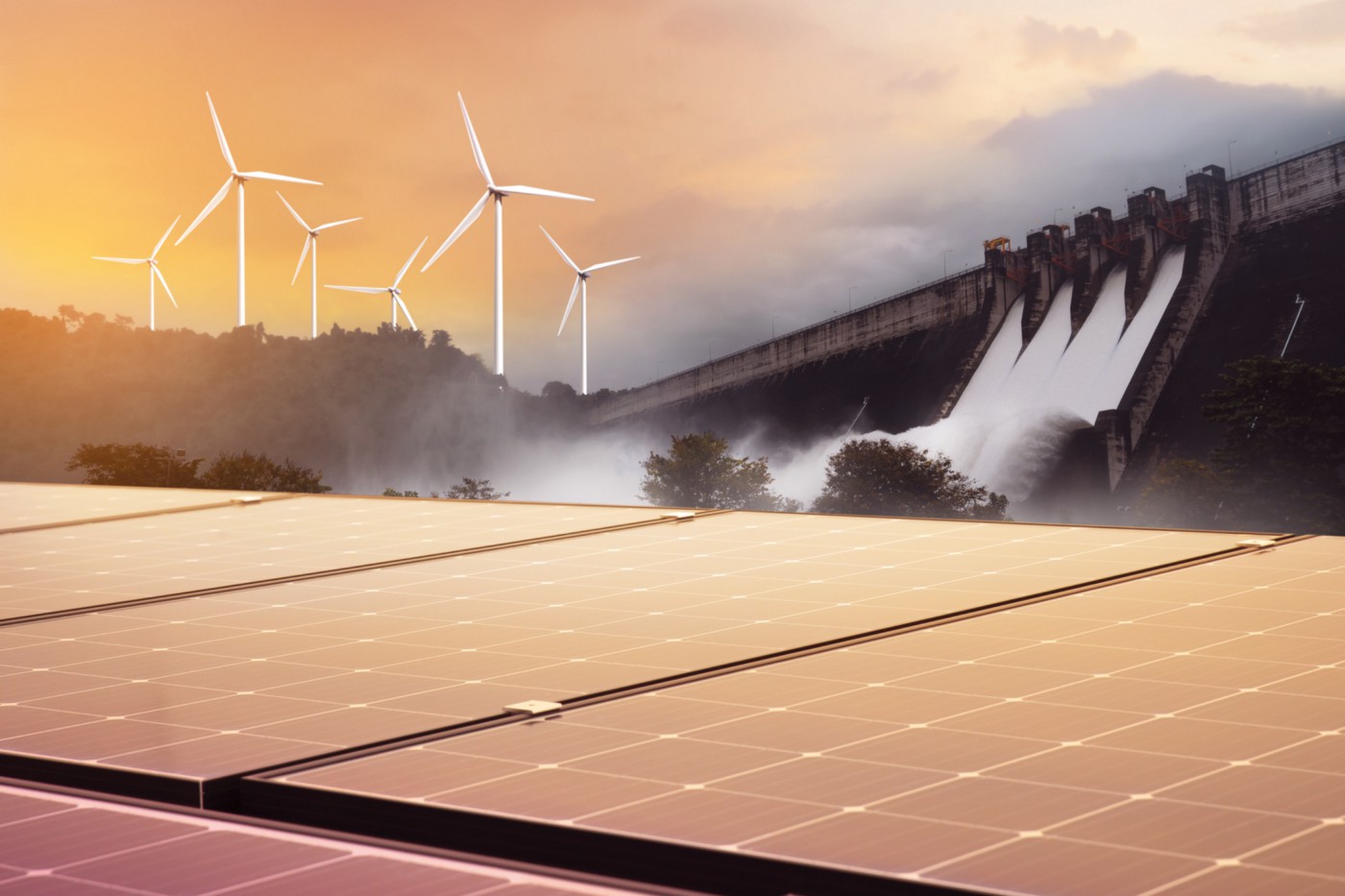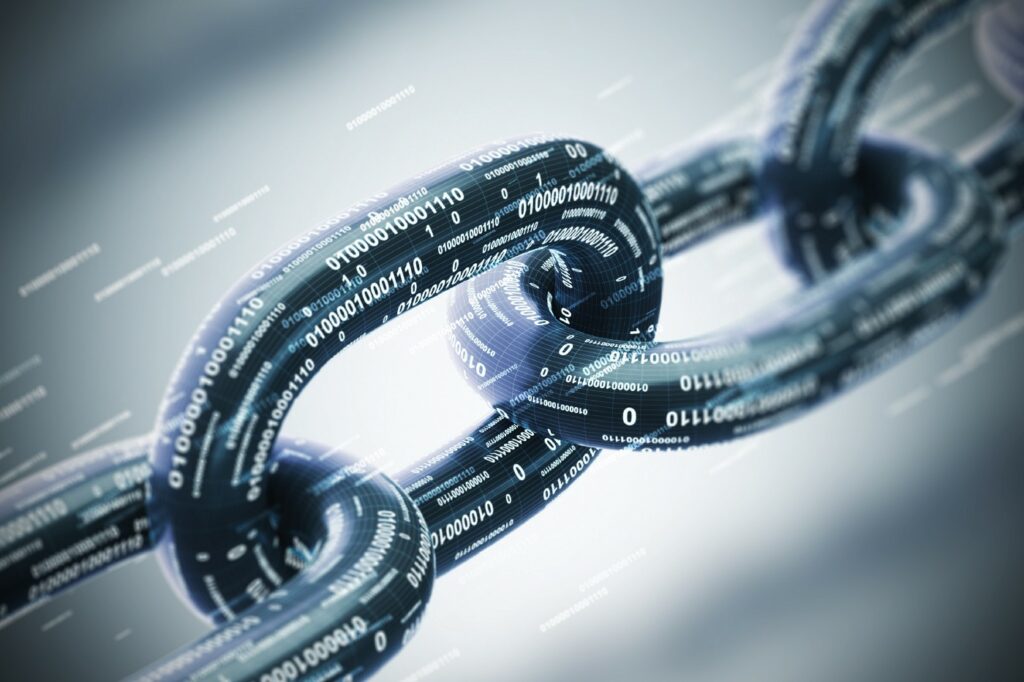by John Belizaire, CEO
In 1936, Theodore Wright, an aeronautical engineer at an industrial company called Curtis-Wright, made a compelling observation.
He was studying the cost of making airplanes. The more planes they built, the more process improvements they discovered, and the more they learned. The optimized processes enabled them to make planes cheaper and faster. And cheaper planes produced more rapidly led to more demand and more process improvements. The cycle continued.
When Wright quantified the effect of that learning on a reduction of cost, he noticed it fell at a constant rate. Every time they doubled the number of planes produced, the cost was reduced by 20%.
Wright’s observations became known as Wright’s Law.
The law states that as the production volume of an item increases, its cost falls and quality improves. These cost reductions and process improvements — the 20% he noticed for airplanes — have a name…
…the Learning Curve.
Wright’s law isn’t just about economies of scale then, but about the power of learning. The more we do something (make a product, craft an airplane, build a data center), the more we learn — and the more we improve. Experience feeds innovation, allowing us to make better, cheaper, higher quality versions of whatever we’re making.
This intuitively makes sense. The more you do something, the better you get at it.
Now, Wright’s Law is everywhere.
The device you’re using to read this blog post has benefited from Wright’s Law. In fact, computing’s exponential growth is powered by a derivative of Wright’s Law — Moore’s Law. Dr. Gordon Moore, the original founder and chairman of Intel, observed that the number of transistors on a computer chip doubles every two years or so.
Wright focused on experience; Moore focused on time. In other words, Moore’s insight probably stemmed from the fact that as you make more chips, you get the experience needed to cram more transistors onto them.
You know what else follows a learning curve? Renewable Energy.
In 1976, the price of a solar system, adjusted for inflation, was $106 per watt. Over the past 50 years, the price of solar systems has plummeted from $106/watt to $0.38/watt, a price decline of 99.6%.
Each doubling of installed capacity caused the price to decline by 20% — the learning curve at work.
Onshore wind loves the learning curve too. It has a learning rate of 23%. Every doubling of capacity results in a price decline of almost a quarter.
Now, those curves are just for the equipment.
Ultimately, we don’t really care how efficient solar modules are. What we care about is the efficiency of the electricity that those solar modules (or, whatever) generate.
If you look at the learning curve of installing wind and solar plants, and then operating those plants, the price of power generated from installed wind dropped 70% over the last decade, and the price of power generated from installed solar dropped 89%.
Boom. That’s the power of Wright’s Law.
You know what does not benefit from Wright’s Law? Fossil fuels.
(Take a look at the chart.)
So, why does renewable energy keep getting cheaper while fossil fuels remain stagnant?
The key determinant here is the cost of the actual fuel.
With solar and wind production, we’re literally just harnessing elements of nature; it doesn’t get simpler than that. The actual fuel is cheap.
This has a couple of important implications. First, as production increases, the costs associated with the initial supply don’t increase that much. And second, because the fuel is cheap, the production itself (the systems implemented) comes to make up an outsized percentage of the total cost. This means, in turn, that there is a lot of room to improve efficiency and bring costs down.
These economics don’t apply to fossil fuels. The cost of coal on average makes up 40% of the total costs associated with burning coal to generate electricity. This means that no matter how efficient we make coal plants, there’s always going to be a significantly higher fixed cost element where Wright’s Law doesn’t apply.
With a low-cost floor, as exists with renewables, there is exponentially more room for growth, allowing Wright’s Law to work.
Now, imagine for a moment what happens when we go from 50MW of Soluna data centers installed to 100MW. To 200MW. And then, when we reach a Gigawatt of our data centers installed! Our experience will be significantly different, and the impact of our innovations will accelerate.
That’s the power of learning.




